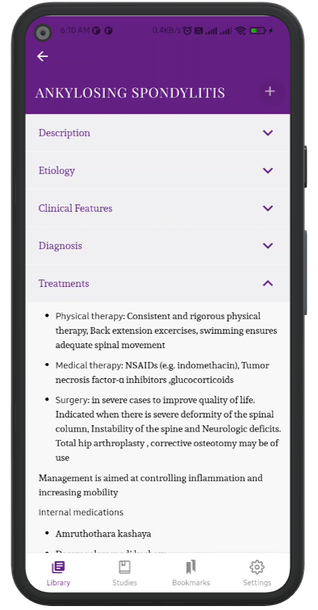SCORPION STING
Description
- Nearly 1000 species of scorpions are known worldwide, which belong to six families. Around 86 species are found in India. Scorpion belonging to Buthidae family is toxic to humans.
- Mesobuthus tamulus Indian red & Black scorpions is the most lethal among all the poisonous species of scorpions
- Scorpion venom: multiple toxins may be present in the venom of a single species of scorpion which is capable of producing potent synergistic effects. Neurotoxin of some scorpion is estimated to be 10 folds more potent than cyanide
Types
- Clinical manifestations depends on the venom dose delivered, the age and species of the scorpion, the season , the size of the victim, and the time elapsed between sting and hospitalisation
Local manifestations
- Local pain or severe excruciating pain is the only clinical manifestation in 35% cases. Severe pain radiates along the corresponding dermatomes. Local Oedema, urticaria, fasciculation, and spasm of underlying muscles are seen at the site of sting
- Due to pain there is transient bradycardia, transient rise in blood pressure and mild seating with warm extremities
- Sudden tap at the site of sting induces severe pain and sudden withdrawal of the part called tap sign. Patient continuously moves the stung part or holds it firmly to find a comfortable position
Systemic manifestations
- Soon after a sting by Buthidae species the victim suffers from autonomic storm, characterised by initial parasympathetic stimulation detected clinically in the form of projectile vomiting, profuse sweating all over the body, ropy salivation , priapism, mydriasis, bradycardia, hypotension and trsnient premature ventricular beats
- Sweat literally flows all over the body, and it is commonly called skin diarrhoea
- After initial parasympathetic stimulation, patient develops sympathetic features characterised by propped eyes, puffy and anxious facies, chest discomfort, perioral paraesthesias, at times tingling and numbness all over the body and cool extremities
- Skin over hands, feet, palm and sole resemble washer man hands as they appear finely wrinkled and cold. Dilated, non reacting pupils occur. The major manifestation of sympathetic stimulation include hypertensive crisis and pulmonary oedema, which may be fatal
- The third phase is depletion of catecholamines. After 20 -30 hours of recovery from autonomic storm , the victim develops warm extremities, accompanied with bradycardia, hypotension with prolonged QT interval in ECG
Investigation
- Investigations: Leucocyte count raised to 11,000- 26,000
- CPK MB is raised
- Serum amylase, serum calcium, insulin levels reduced
- Serum glucose and potassium are raised
- Chest radiograph : Bilateral bat wing or patchy pulmonary oedema
- ECG – to rule out cardiac involvement
Treatments
- No scorpion sting should be taken as benign unless observed for 24 hours
- Patient who come for medical care after 4 hours of sting and do not show systemic envenomation can be treated symptomatically
- Correct Fluid deficits
- Scorpion antivenom and prazosin in systemic envenomation
Internal medicines
- Patolakaturohinyadi kashaya
- Nimbanilavakadi kashaya
- Vilwadi gutika
- Dashanga gutika
Procedures
- Eri taila – Ext Application in Severe pain
- Saindhava ghrita dhara – immediate pain reliever
- Arka patra sweda – pain relieving
- Sigru punarnavadi lepa – reduces swelling
Department
Agada Tantra

